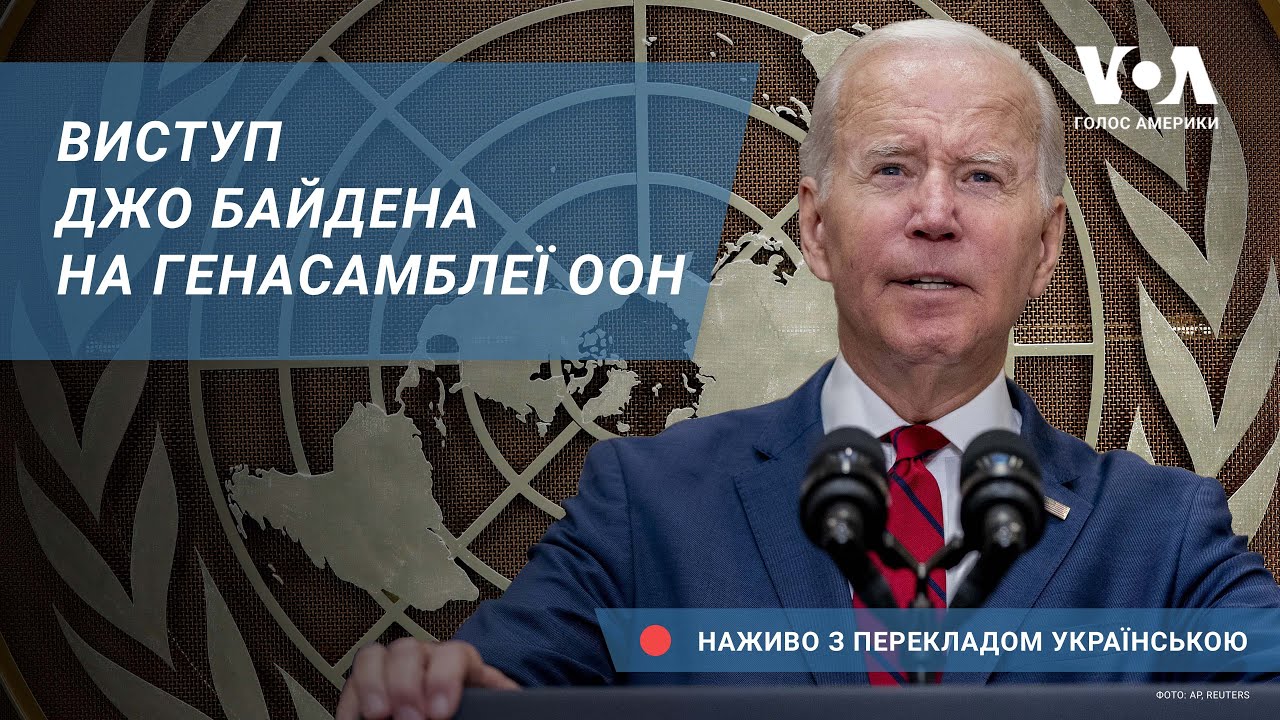Yuan Exchange Rate Volatility: PBOC Intervention Underwhelms

Table of Contents
Factors Driving Yuan Exchange Rate Volatility
Several interconnected factors contribute to the current Yuan exchange rate volatility. These can be broadly categorized into global economic uncertainties and domestic economic challenges.
Global Economic Uncertainty
The global economic environment significantly impacts the Yuan's value. Rising interest rates in the US, for instance, increase the demand for the dollar, making it more expensive relative to the Yuan. This is exacerbated by geopolitical tensions and persistent global inflation, which often lead to capital flight from emerging markets like China.
- Increased demand for the dollar: Higher US interest rates attract international investment, strengthening the dollar and weakening the Yuan. Data from the US Federal Reserve shows a steady increase in interest rates throughout 2023, directly correlating with Yuan depreciation.
- Capital flight from emerging markets: Global uncertainty prompts investors to move their funds to perceived safer havens, reducing foreign investment in China and putting downward pressure on the Yuan. This effect is amplified during periods of geopolitical instability.
- Reduced foreign investment in China: Concerns about China's economic growth, regulatory changes, and geopolitical risks deter foreign direct investment, further weakening the Yuan. Data from the IMF shows a decline in FDI flows into China in recent quarters.
Domestic Economic Challenges
Internal factors within the Chinese economy also play a crucial role in Yuan exchange rate volatility. Slowing economic growth, particularly after the pandemic, combined with issues in the property sector and lingering disruptions from Covid-19, contribute to investor uncertainty.
- Slowing economic growth: China's GDP growth has slowed in recent years, impacting investor confidence and the demand for the Yuan. Official figures from the National Bureau of Statistics of China show a deceleration in GDP growth compared to previous years.
- Property market woes: The ongoing crisis in China's real estate sector, with several major developers facing debt issues, significantly impacts investor sentiment and contributes to the Yuan's weakness. Reports from rating agencies highlight the escalating risks within the property sector.
- Covid-19 related disruptions: While restrictions have eased, the lingering effects of the pandemic on supply chains and economic activity continue to contribute to economic uncertainty and Yuan volatility.
- Potential debt issues: Concerns about increasing levels of corporate and local government debt in China add to the overall economic uncertainty, further impacting the Yuan's exchange rate.
PBOC Policy Effectiveness (or lack thereof)
The PBOC has employed various measures to stabilize the Yuan, including managing foreign exchange reserves, adjusting interest rates, and intervening directly in the foreign exchange market. However, these interventions have had limited success in curbing the Yuan exchange rate volatility.
- FX reserve management: The PBOC utilizes its vast foreign exchange reserves to smooth out fluctuations in the Yuan's value. However, the scale of recent volatility has challenged the effectiveness of this approach.
- Interest rate adjustments: Changes in interest rates can influence capital flows and the Yuan's value. However, the PBOC's actions have been insufficient to counteract the pressures from global and domestic factors.
- Interventions in the foreign exchange market: Direct interventions by the PBOC to buy or sell Yuan in the foreign exchange market have been less effective than in previous periods of volatility. This suggests that the underlying economic challenges are too significant to be easily addressed through market interventions alone.
Implications of Yuan Volatility
The ongoing Yuan exchange rate volatility has significant implications for Chinese businesses and global markets.
Impact on Chinese Businesses
Fluctuations in the Yuan's value pose challenges for Chinese businesses, particularly those involved in import and export activities.
- Increased hedging costs: Businesses need to spend more on hedging strategies to protect themselves against currency risk, reducing profitability.
- Difficulty in forecasting revenues: Uncertainty about the Yuan's future value makes it difficult for companies to accurately forecast revenues and plan for the future.
- Reduced competitiveness in global markets: A weaker Yuan can make Chinese exports more competitive, but unpredictable fluctuations create uncertainty for both exporters and importers.
Global Market Consequences
The volatility of the Yuan has ripple effects on global financial markets.
- Increased uncertainty for international investors: The instability in the Yuan creates uncertainty for international investors considering investments in China.
- Potential for contagion effects on other emerging market currencies: The Yuan's weakness could trigger similar declines in other emerging market currencies, creating broader instability.
- Impact on global trade flows: Uncertainty about the Yuan's value can disrupt global trade flows and increase transaction costs.
Future Outlook for the Yuan
Predicting the future trajectory of the Yuan is challenging, but several potential scenarios exist.
Predictions and Scenarios
- Possible further depreciation: Depending on the evolution of global and domestic economic factors, the Yuan may experience further depreciation against the dollar.
- Scenarios involving PBOC policy changes: The PBOC may adjust its monetary policy or adopt new strategies to stabilize the Yuan. This could involve changes in interest rates or further interventions in the foreign exchange market.
- Potential for stabilization: Under certain conditions, the Yuan could stabilize if global uncertainty reduces and China's economy shows signs of stronger growth. However, this scenario depends on many factors and is uncertain.
Several economists and financial institutions have offered their predictions on the Yuan’s future; however, these predictions widely vary depending on their interpretations of the current economic landscape.
Strategies for Managing Risk
Businesses and investors can employ various strategies to mitigate the risks associated with Yuan exchange rate volatility.
- Hedging strategies: Utilizing financial instruments like forward contracts and options to lock in exchange rates can reduce currency risk.
- Diversification of investments: Diversifying investments across different currencies and asset classes reduces exposure to Yuan-specific risks.
- Careful monitoring of economic indicators: Closely monitoring economic indicators related to China and the global economy allows for better anticipation of future exchange rate movements.
Conclusion
The persistent Yuan exchange rate volatility, despite PBOC interventions, underscores the complex interplay of global and domestic economic factors impacting China's currency. While the PBOC's efforts have shown limited success, understanding the root causes is crucial for navigating this uncertain environment. Businesses and investors must develop robust strategies to manage the risks associated with Yuan exchange rate volatility, including hedging, diversification, and proactive monitoring. Staying informed about developments in the Chinese economy and global markets is essential for making sound financial decisions in the face of this ongoing challenge. Continue to monitor the Yuan exchange rate volatility and adapt your strategies accordingly.

Featured Posts
-
 Jiskefet Geeerd Met Ere Zilveren Nipkowschijf Feestelijke Uitreiking
May 16, 2025
Jiskefet Geeerd Met Ere Zilveren Nipkowschijf Feestelijke Uitreiking
May 16, 2025 -
 Nike Q3 Performance And Its Implications For Foot Lockers Near Term Prospects
May 16, 2025
Nike Q3 Performance And Its Implications For Foot Lockers Near Term Prospects
May 16, 2025 -
 Pyatiy Shataut Bobrovskogo V Pley Off Rekord Vratarya Floridy
May 16, 2025
Pyatiy Shataut Bobrovskogo V Pley Off Rekord Vratarya Floridy
May 16, 2025 -
 Pimblett Vs Poirier The Debate Over Dustins Ufc Retirement
May 16, 2025
Pimblett Vs Poirier The Debate Over Dustins Ufc Retirement
May 16, 2025 -
 Zamoviti Vistup Dzho Baydena Tsina Ta Umovi
May 16, 2025
Zamoviti Vistup Dzho Baydena Tsina Ta Umovi
May 16, 2025
